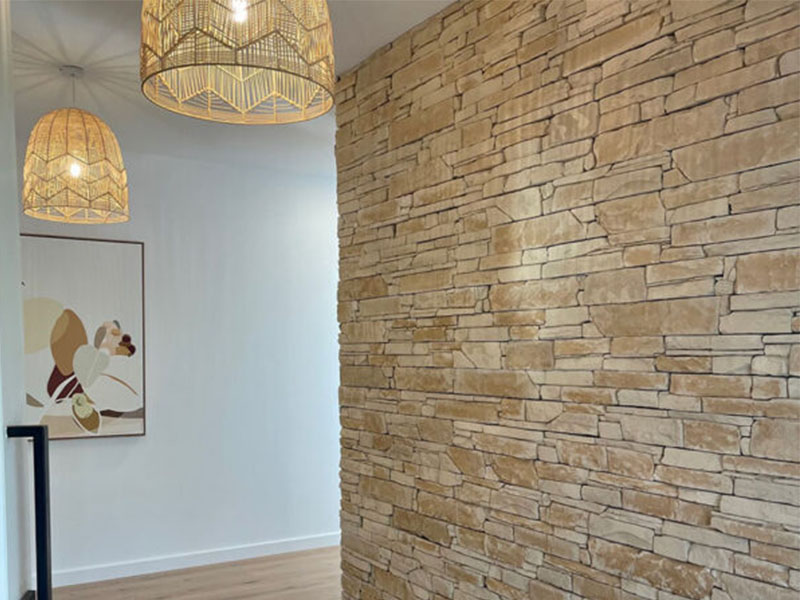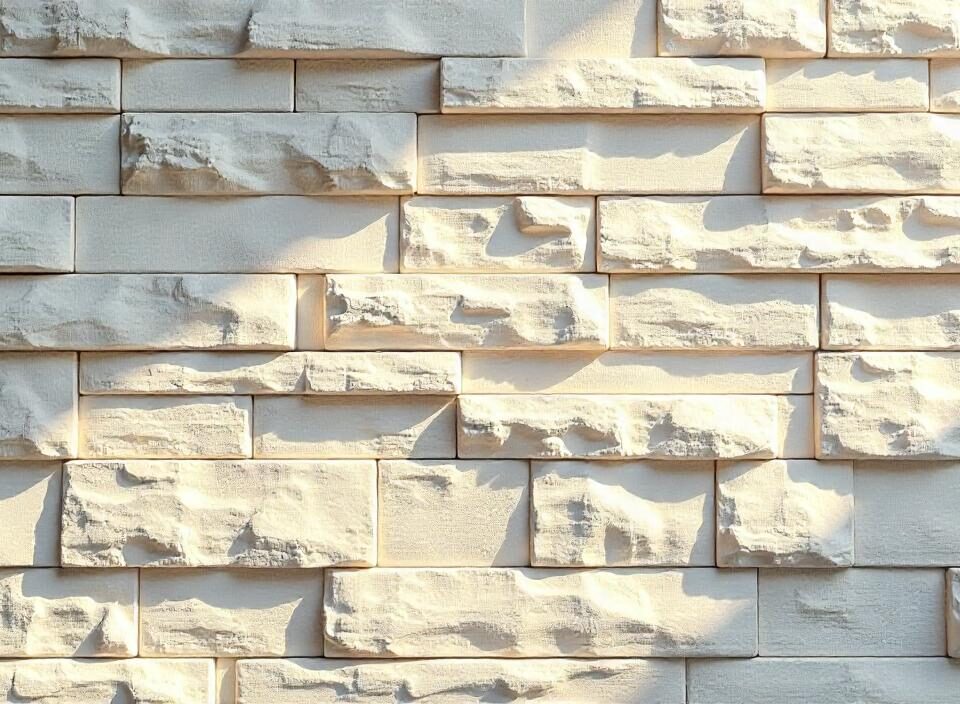Mastering Wall Preparation: Some Recommendations for Achieving Cladding Success
Apart from being an important construction technique, battening a wall for cladding is crucial in construction and renovations. This method offers an ideal shell for Stone wall Cladding in Udaipur material such as wood, vinyl or metal to offer an ideal and durable appearance. That’s the step by step method of installing battens on walls for the best result of beauty and workmanship.

Step 1: You will need the following items listed below for your project or design:
In preparation for the working process, there is always a procedure to compile all the needed instruments and supplies. You will need:
- Battens: Usually wooden, battens should be straight and to a scale appropriate to the cladding material in question.
- Fasteners: Nails or screws which will be used to fasten the battens to the wall.
- Cladding material: Take your pick according to the style that you want or the usability that you need.
- Measuring tape: For accurate measurements.
- Level: For all to be straight.
- Saw: For sawing the battens to length.
- Drill or hammer: Depending on whether you are applying screws or nails.
Step 2: Prepare the Wall
However, it is good practice before you put on the battens that the wall is clean, dry and free from any trash. New cladding should not have any old cladding, or any nails and screws left which may hinder the new installation. If the wall is damp in some areas, it is better to solve these problems at the moment because dampness can lead to other problems further. Because the wall’s conditions are important for proper installation of the battens, you should measure and mark where the battens will be when the wall preparation is complete.
Step 3: Measure and Mark
Again with the help of your measuring tape identify where your battens should be placed. While this can be reduced to 16 to 24 inches between rows that are vertical it can be doubled and more for different types of cladding. Make sure to use a level while making your markings especially when aligning a line to another one. Draw a vertical line across the wall from top to bottom where each batten is to be fitted to make a good run.
Step 4: Cut the Battens
After marking the battens to the required specific length, trim the battens to those measurements by cutting them with a saw. The length will vary with the height of your wall and the space measured between the floor and the ceiling or other surface on which your hanging will be placed. Special care should be taken to make all the cuts straight and parallel to each other to get these desired ends.
Step 5: Install the Battens
Begin from one end of the wall, align the first batten with the wall on your marked row. Level it to make sure it is standing upright and fix it by either screwing it or nailing it in position. Do this for each batten: they should all be parallel to each other as should their vertically aligned counterparts. Additional useful advice is to have a spacer block in order to keep distance between the battens uniform as you progress with the work.
Step 6: Check for Level and Plumb
When doing each batten, now and then ensure that all the battens are level and other battens are plumb. This step is important because the alignment will affect the proper installation of cladding at later times. If you come across any battens that are not positioned flat make sure to correct the error before final fixing.
Step 7: Install the Cladding
This is where you should place all of the battens as soon as all the battens are to be put down, you can then go ahead to mount your cladding material. Begin with the bottom and install them starting from the top nice and straight and screwed to the battens. Finally if you are working with tongue-and-groove cladding ensure each piece fits tightly into the next.
Step 8: Finish the Installation
Lastly all the cladding must be properly checked to be sure there are no gaps or any other defect. Any gaps can be then sealed using some type of caulk or paint, which will also add a neat and professional look to the flooring. In any case, if you are applying wood as a cladding material, it is also appropriate to apply a sealant or stain to the wood to prevent exposure to unfavorable conditions.
Conclusion
Battening a wall for cladding is basic but very important work, which improves the appearance and usability of your interior or exterior. Only in these steps will ensure that every aspect in a room has been measured well and installed professionally thus resulting in a professional look that will remain classy for ages. Whether you need a new cladding material or professional guidance on your project, look no further, The Stone Evolution is ready to help.

